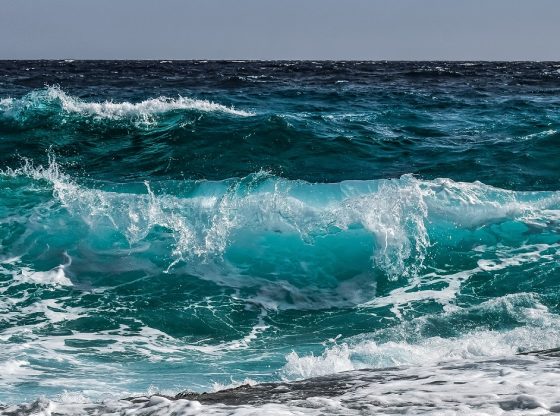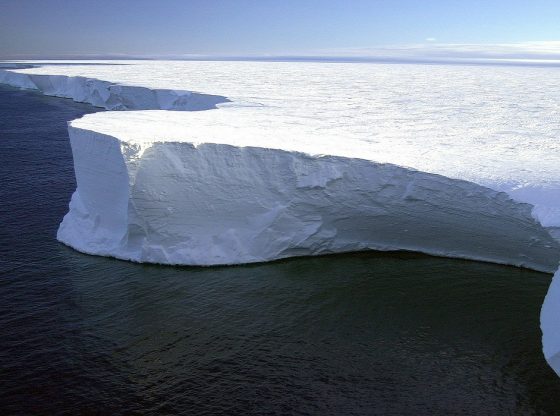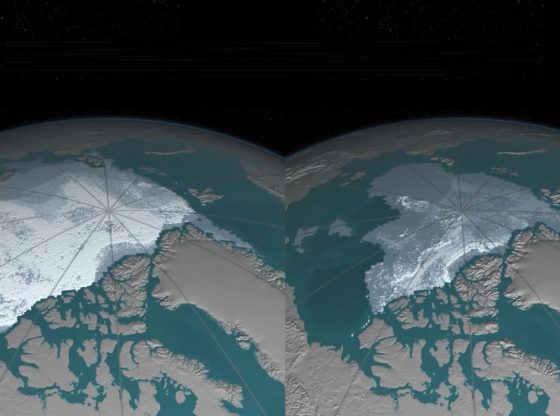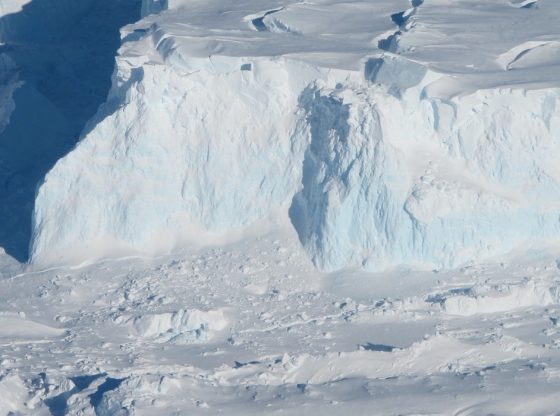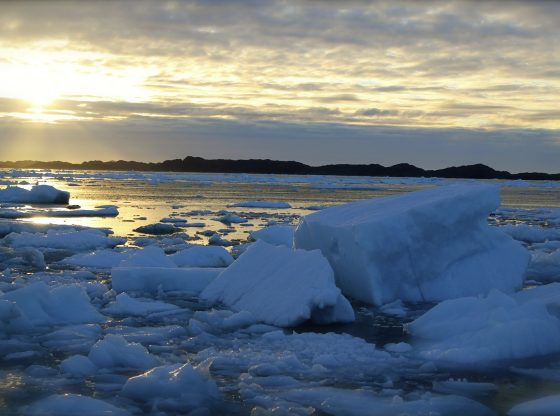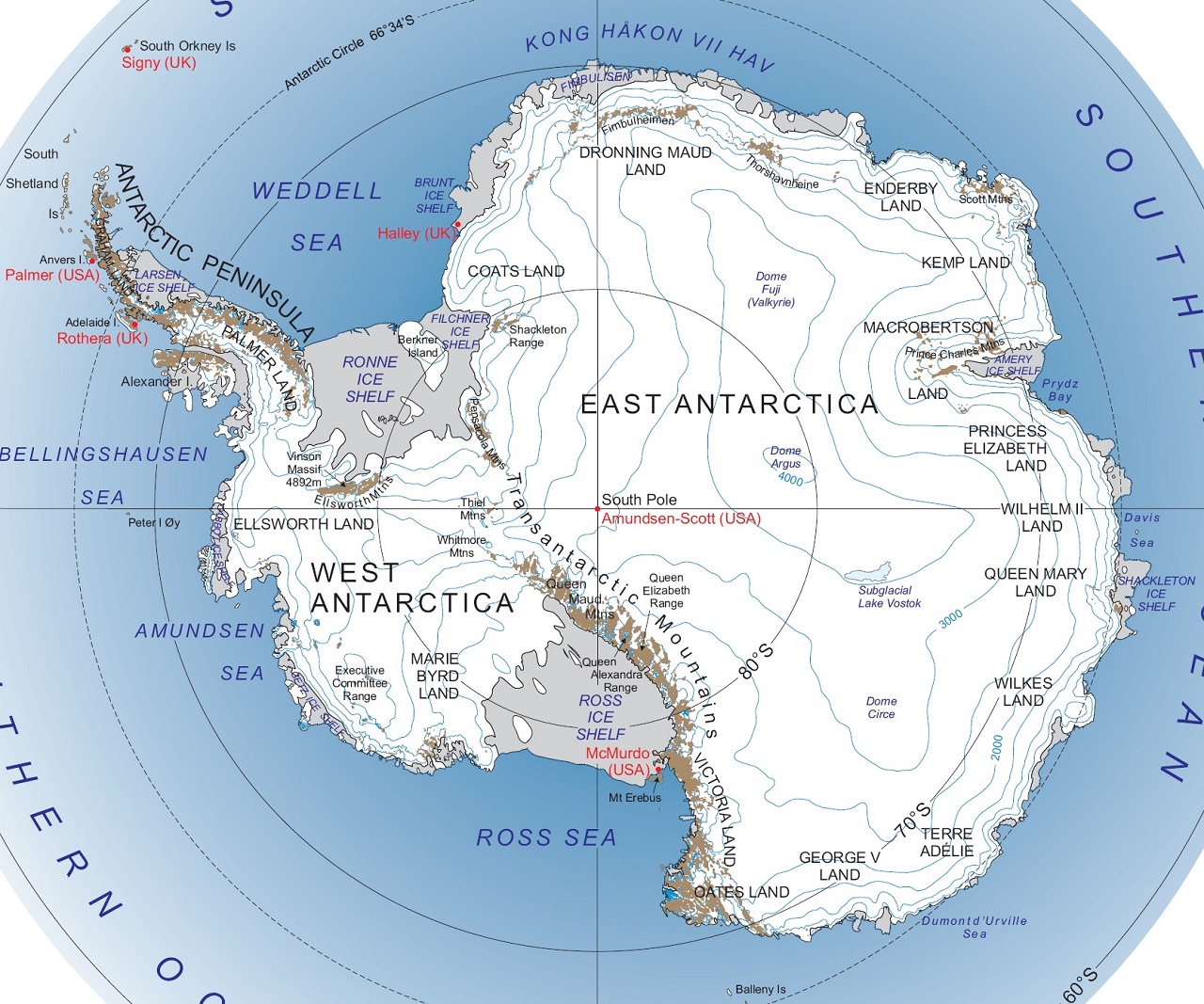
A huge iceberg has broken off Antarctica and is floating freely in the ocean according to German scientists. It broke off Antarctica’s Pine Island Glacier this last Monday.
The iceberg is truly immense, being 44.257 square kilometers (275 sq miles), and thus bigger than the city of Chicago (234.0 sq mi (606.1 km2) and half the size of greater London. It was spotted by the TerraSAR-X Earth-orbiting satellite operated by the German Space Agency (DLR).
Pine Island Winds
As the Antarctica continental ice continues to melt, The Pine Island glacier is melting even faster, and thus shears off into icebergs that float away and slowly melts in the ocean.
Researcher at the Alfred Wegener Institute, Helmholtz Centre for Polar and Marine Research Angelika Humbert in a statement, “The wind now brings warm sea water beneath the shelf ice,” “Over time, this process means that the shelf ice melts from below, primarily at the so-called grounding line, the critical transition to the land ice.”
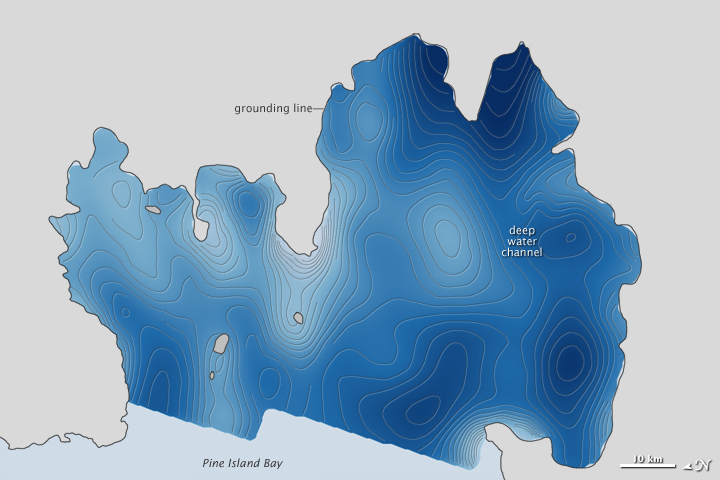
Therefore the speed of the melting icebergs from specifically The Pine Island Glacier may actually have more to do with changed wind directions rather than rising temperatures directly.
What is more stressing, however, is that the Pine Island Glacier seems to work as a “plug” that holds back the massive West Antarctic Ice Sheet. Ice now resting on land contributes more to sea level rising than ice already in the ocean, as Archimedes principle dictates.
A Hypothetical Worse Case Scenario
If both polar regions and Greenland were to melt, the whole world would not be underwater. But it would be radically different, with our coastlines stretching far inland. Indeed, if all the ice covering Antarctica, Greenland, and in mountain glaciers around the world were to melt, sea level would rise about 70 meters (230 feet).
Head here to see an interactive map of Earth if all ice would melt, by National Geographic.
_______________
Huge iceberg breaks away from the Pine Island glacier in the Antarctic
______________________________



